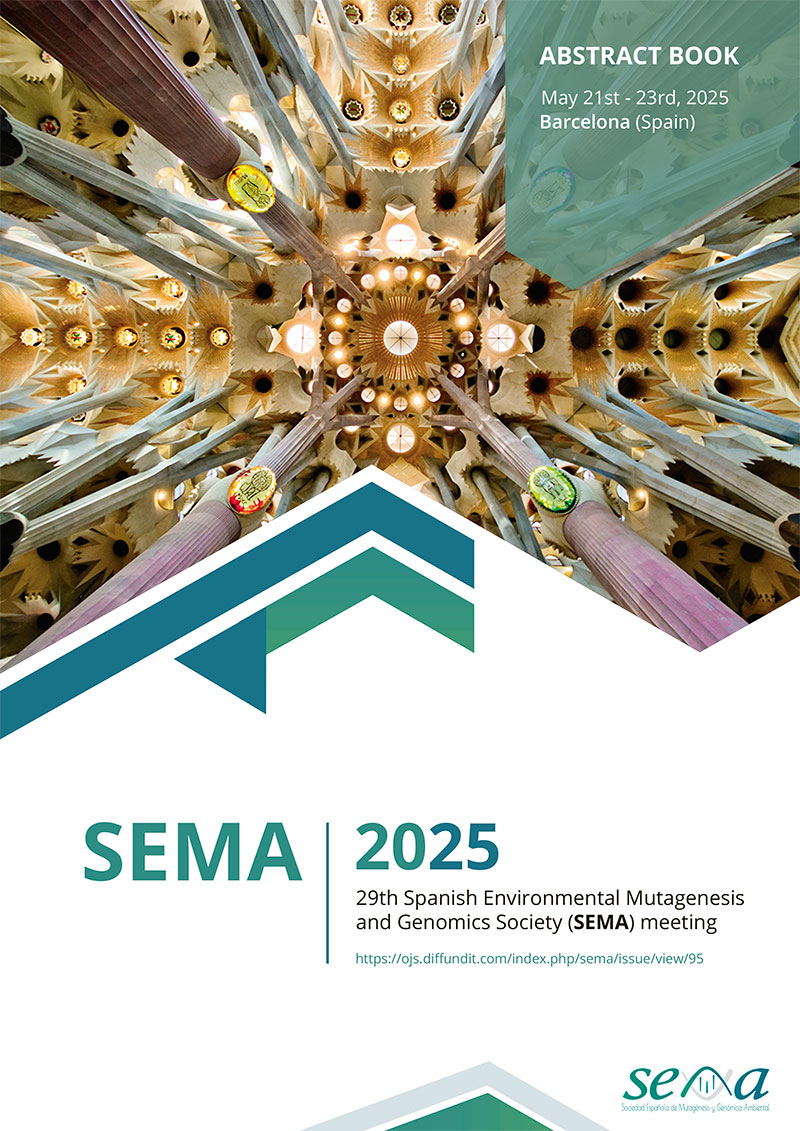Abstract
The wide diversity of human exposures across individuals and throughout their lifetime calls for new approaches and models to implement risk assessment strategies. Stem cells provide a unique possibility to study specific functionalities of immature cells such as cell fate and cell transformation. Due to their long lifespans, stem cells can be particularly susceptible to long-term exposures and the accumulation of abnormalities could lead to a differential impact compared to short-lived cells, including the emergence of cancer stem cells. Therefore, we propose stem cells as a relevant model for the evaluation of the potential impact of micro- and nanoplastics (MNPLs) on human health. The population is continuously exposed to these small plastic particles that can translocate through physiological barriers and cause cytotoxicity, oxidative stress, DNA damage, or inflammation. The information regarding the bioaccumulation of MNPLs is still limited but the extended exposure is expected to induce accumulative adverse effects such as mutagenesis and carcinogenesis, aspects insufficiently explored until now.
Here we present a comparative study of the long-term effects of polystyrene (PS) and polyethylene terephthalate (PET) nanoplastics on stem cells. We continuously exposed mammary stem cells (MCF10A) to both nanoplastics for 20 weeks. Using a battery recognized assays, we characterized the stemness status, transformed phenotype and molecular changes induced by the exposure. Results show that, while the stem functionalities of the cells are not altered, both PS and PET trigger comparable pre-neoplastic phenotypes. Furthermore, transcriptomic analysis has shown that the mechanism behind the cell transformation process is different for each type of nanoplastic.
This work underscores the interest of incorporating stem cells in risk assessment strategies, providing relevant data on the impact of MNPLs of cell transformation and highlighting the need of understanding which mechanisms determine the cellular response to long-term exposures.
Funding: This project received funding from the European Union’s Horizon 2020 Research and Innovation Programme under Grant agreement No. 965196. IB (Academic record 2023-BP-00212) holds a Beatriu de Pinós Postdoctoral Program from the Secretariat of Universities and Research of the Department of Business and Knowledge of the Government of Catalunya.

This work is licensed under a Creative Commons Attribution-NonCommercial 4.0 International License.
Copyright (c) 2025 Spanish Journal of Environmental Mutagenesis and Genomics

